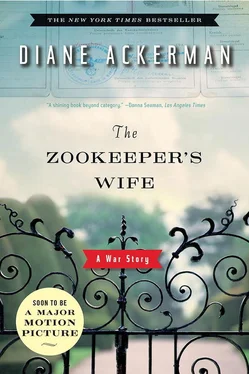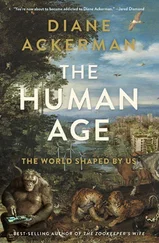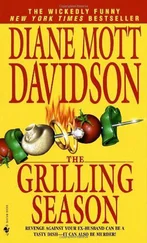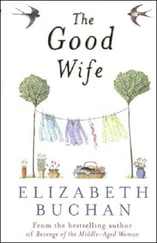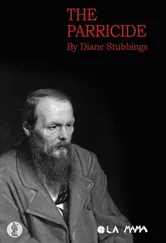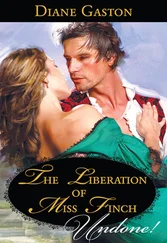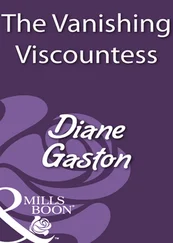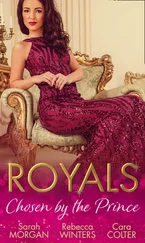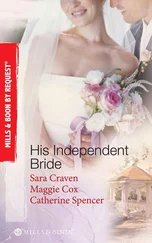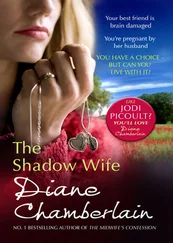At night, they boarded a slow train with blackened windows and arrived in civil morning twilight, the hour of brightening before the sun spills over the horizon, in a lull between the night and dawn raids. According to Antonina, horses awaited them at the station and they rode home bewitched by the everyday—windless calm, damp air, aster hedges, colorful leaves, squeaky axles, clopping hooves on cobblestone—and, for a short spell, they slipped into the premechanized past, sinking deep into a pristine stillness where the war seemed to her muffled and unreal, only a remote glow like the moon.
At the main gate in Praga, the toll smacked her wide awake again as she dismounted. Bombs had ripped up the asphalt, shells had bitten large chunks out of the wooden buildings, cannon wheels had furrowed the lawns, old willows and lindens dangled unplugged limbs. Antonina held Ryś tight, as if the desolation before her were communicable. Unfortunately, the zoo edged a river with busy bridges, prime German targets, and with a Polish battalion stationed there, it had made a superb target, repeatedly, over several days. Picking their way through debris, they walked to the villa and its bomb-cratered yard. Antonina’s eyes fell to the flower beds crushed from the hooves of horses, and she fixed on the small delicate calyxes of flowers stomped into the ground “like colorful teardrops.”
Just after dawn, the day and battle started heating up. Standing on the front porch, they were surprised by the canyon echoing of hoarse explosions and snapping iron girders. Suddenly the ground trembled and walked under their feet, and they hurried indoors, only to find the roof beams, floors, and walls all shaking. The moaning of lions and yowling of tigers spiraled from the big cat house, where she knew cat mothers, “crazy with fear, were grabbing their young by the scruff of the neck and pacing their cages, anxiously looking for a safe place to hide them.” The elephants trumpeted wildly, the hyenas sobbed in a frightened sort of giggle interrupted by hiccups, the African hunting dogs howled, and the rhesus monkeys, agitated beyond sanity, battled one another, their hysterical shrieks clawing the air. Despite the uproar, workers continued to carry water and food to the animals and check their cage bars and locks.
In this Luftwaffe attack, a half-ton bomb destroyed the polar bears’ mountain, smashing the walls, moats, and barriers and freeing the terrified animals. When a platoon of Polish soldiers found the panicky bears, ribboned with blood and circling round their old haunt, they quickly shot them. Then, fearing lions, tigers, and other dangerous animals might escape, too, the soldiers decided to kill the most aggressive ones, including the male elephant, Jaś, Tuzinka’s father.
Watching from the front porch, Antonina had a good view across the grounds to where Polish soldiers gathered beside a well, with several zoo workers crowding around them, one crying, the others grim and silent.
“How many animals have they already killed?” she asked herself.
Events were unfolding without time to protest or grieve, and the surviving animals needed help, so she and Jan joined the keepers in feeding, doctoring, and calming animals as best they could.
“At least humans can pack their essentials, keep moving, keep improvising,” Antonina thought. “If Germany occupies Poland, what will become of the delicate life-form of the zoo?… The zoo animals are in a much worse situation than we are,” she lamented, “because they’re totally dependent on us. Moving the zoo to a different location is unimaginable; it’s too complex an organism.” Even if war should erupt and end fast, the aftermath would be costly, she told herself. Where would they find food and money to keep the zoo afloat? Trying not to picture the worst scenario, she and Jan nonetheless bought extra supplies of hay, barley, dried fruits, flour, dried bread, coal, and wood.
On September 7, a Polish officer knocked at the front door and formally ordered all able-bodied men to join the army fighting on a northwestern front—which included forty-two-year-old Jan—and all civilians to vacate the zoo at once. Antonina packed quickly and traveled with Ryś back across the river, this time to stay with her sister-in-law in the west part of the city, in a fourth-floor apartment at No. 3 Kapucyńska Street.
AT NIGHT, IN THE SMALL FLAT ON KAPUCYŃSKA STREET, SHE learned a new noise: the anvil blows of German artillery. Somewhere else, women her age were slinking into nightclubs and dancing to the music of Glenn Miller, bouncy tunes with names like “String of Pearls” and “Little Brown Jug.” Others were dancing to the newly invented jukebox at roadside joints. [8] Jukeboxes were invented in the 1930s, to supply music in back-road jooks—Carolina creole for joints that were a combination of bawdy house, gambling den, and dance shack.
Couples were hiring babysitters and going to the cinema to see 1939’s new releases: Greta Garbo in Ninotchka, Jean Renoir’s The Rules of the Game, Judy Garland in The Wizard of Oz. Families were driving through the countryside to view the fall leaves and eat apple cake and corn fritters at harvest festivals. For many Poles, life had become residue, what remains after evaporation drains the juice from the original. During occupation, everyone lost the many seasonings of daily life, trapped in a reality where only the basics mattered and those bled most of one’s energy, time, money, and thoughts.
Like other animal mothers, she grew desperate to find a safe hiding place for her young, “but unlike them,” she wrote in her diary, “I can’t carry Ryś in my jaws to a safe nest.” Nor could she remain in her sister-in-law’s fourth-floor apartment—“What if the building collapses and we can’t escape?” Maybe it was best, she decided, to resettle downstairs, where a small store sold lampshades—that is, if she could persuade the owners to take her in.
Gathering up Ryś, she climbed down the four flights of dark stairs and knocked on a door which opened to reveal two elderly women, Mrs. Caderska and Mrs. Stokowska.
“Come in, come in.” They glanced around the hallway after her and quickly fastened the door.
A strange new continent, half coral reef, half planetarium, veered into view as she entered a cluttered shop redolent with the odors of fabric, glue, paint, sweat, and cooking oatmeal. A bazaar of lampshades hung from the ceiling, nested together in ziggurats or huddled like exotic kites. Wooden shelves held strudel-like bolts of fabric, brass frames, hand tools, screws, rivets, and gleaming trays of finials separated by substance: glass, plastic, wood, metal. In such shops of the era, women sewed new fabric shades by hand, repaired old shades, and sold some made by others.
As Antonina’s eyes traveled the room, she would have seen fixtures popular during the 1930s, a time when Baltic decor ran from Victorian to Art Deco and modernist, and included shades such as these: tulip-shaped rose silk decorated with chrysanthemum brocade; green chiffon with lace inset panels of white sateen; geometrically shaped pleated ivory; bright yellow panels in the shape of Napoleon’s hat; eight-sided perforated metal with faceted faux jewels inserted around the skirt; dark amber mica crowning a plaster globe embossed with Art Nouveau archers pursuing a stag; a dome of orange-red glass bumpy as gooseflesh, skirted with crystal pendants, below which hung a brass gondola embossed with ivy scrolling. That fashionable red glass, known as gorge-de-pigeon, and often used in European wine goblets in Antonina’s time, shone sour-cherry red when dark, and when lit, cast a glow the color of freshly peeled blood oranges. It was dyed with pigeon blood, an elixir also used to grade high-quality rubies (with the best stones resembling the freshest blood).
Читать дальше
